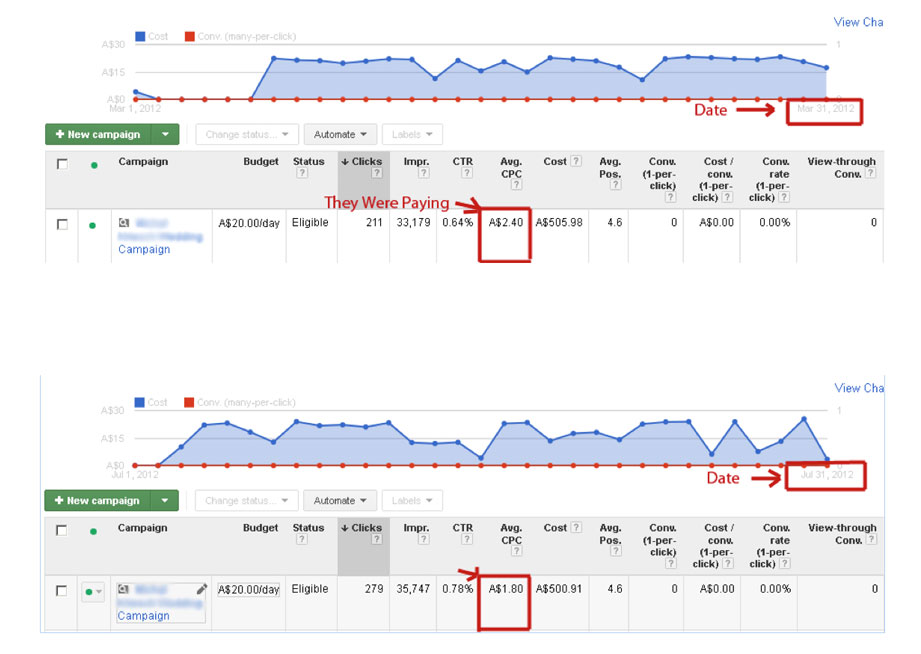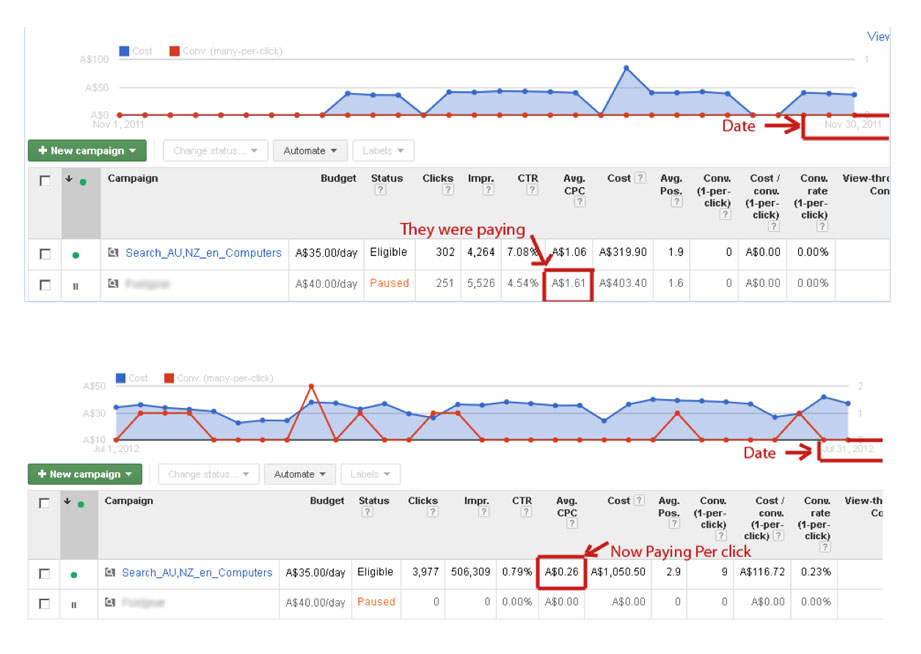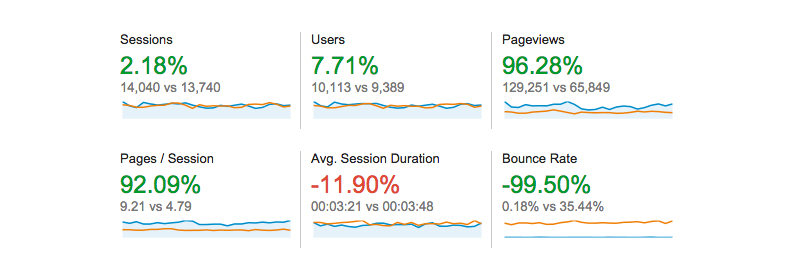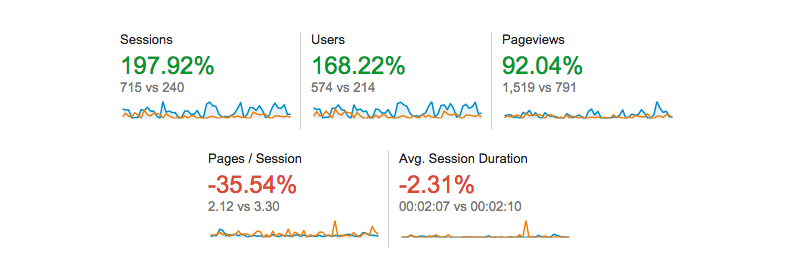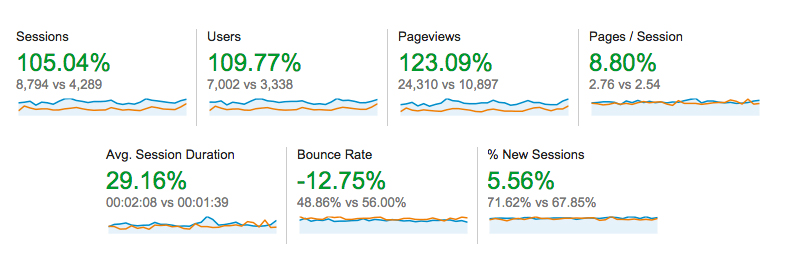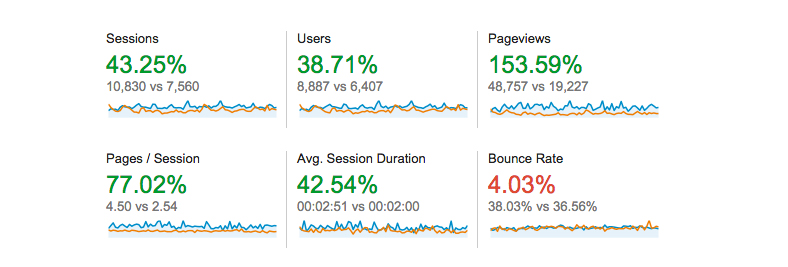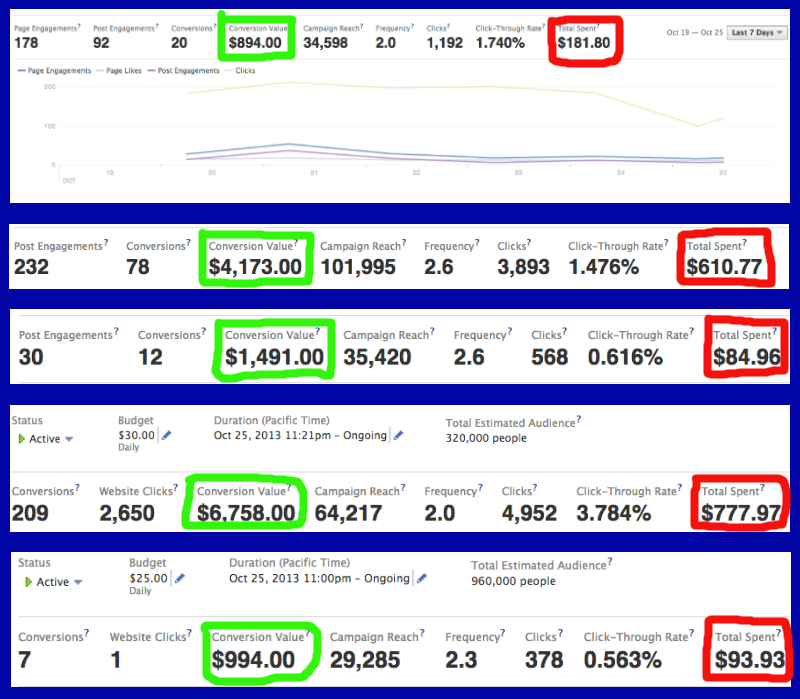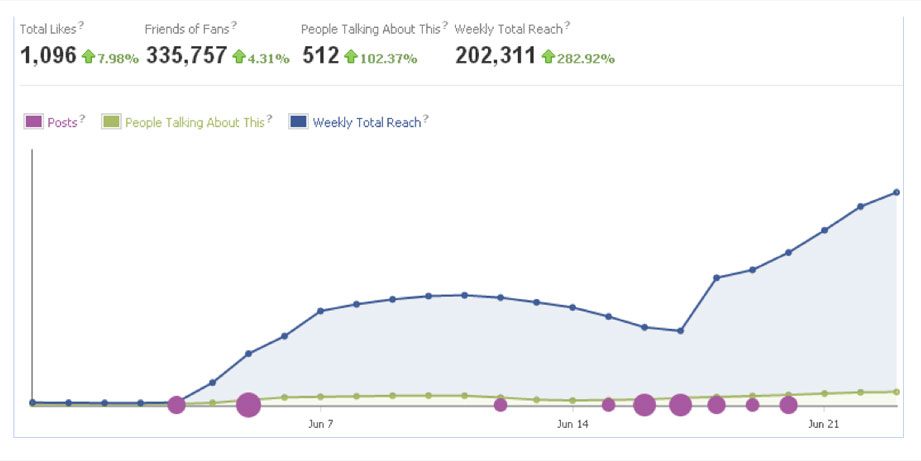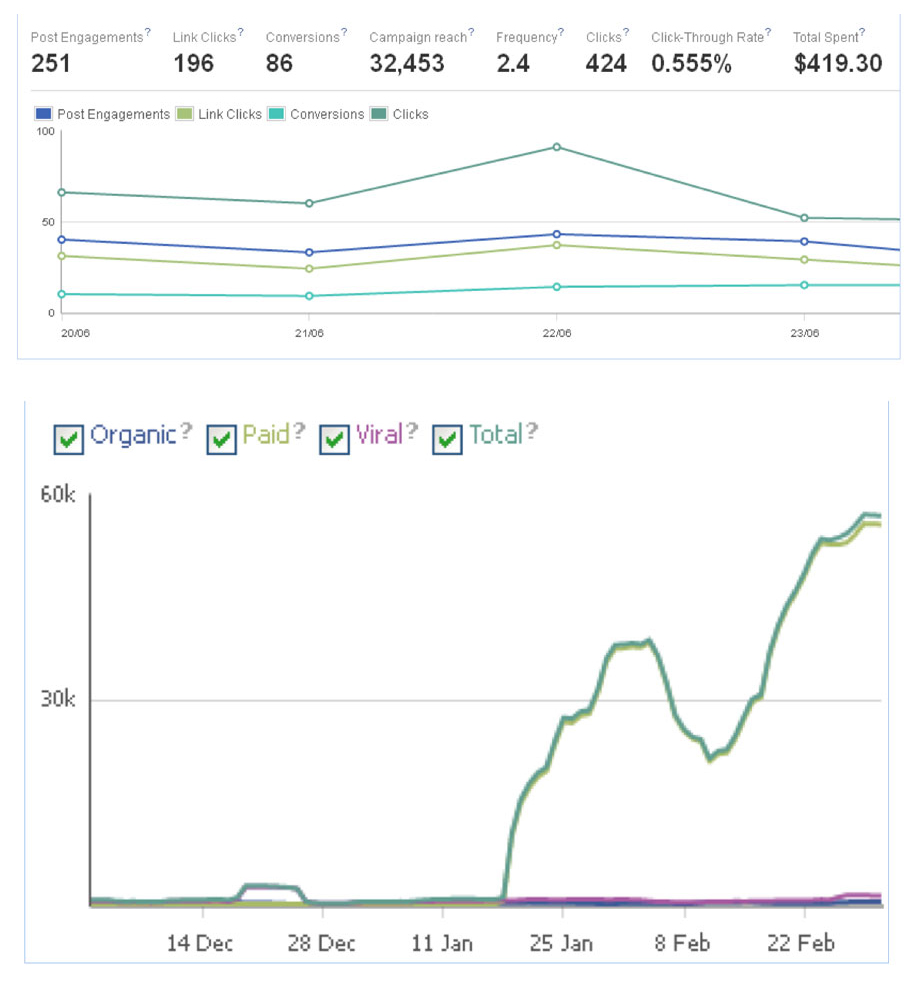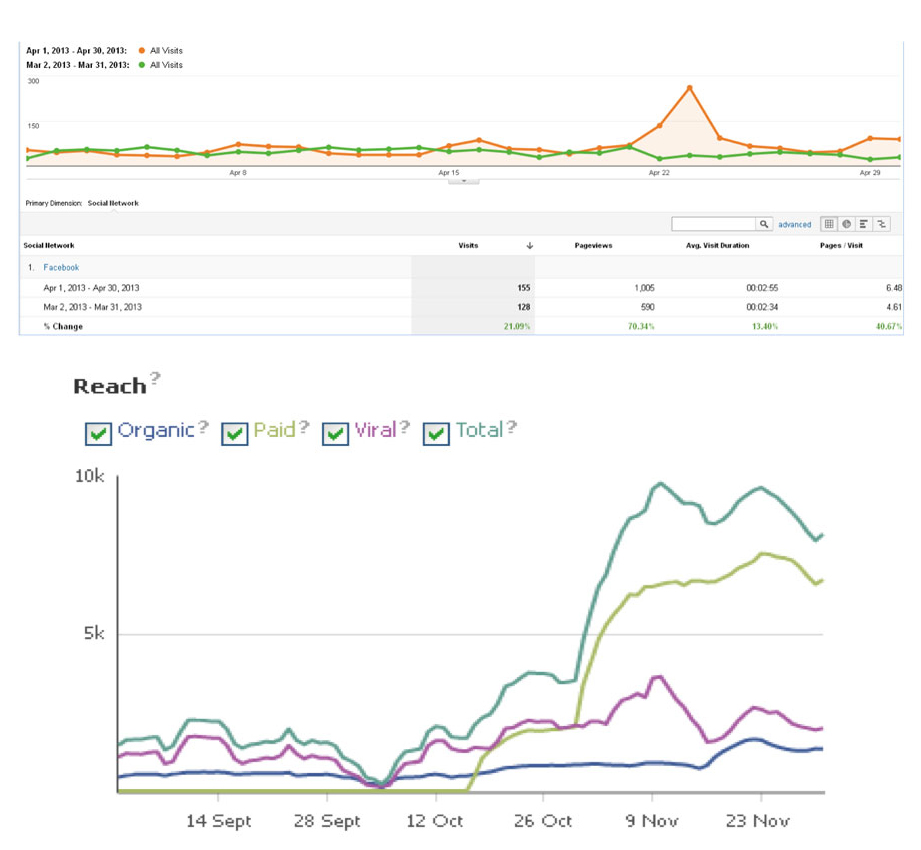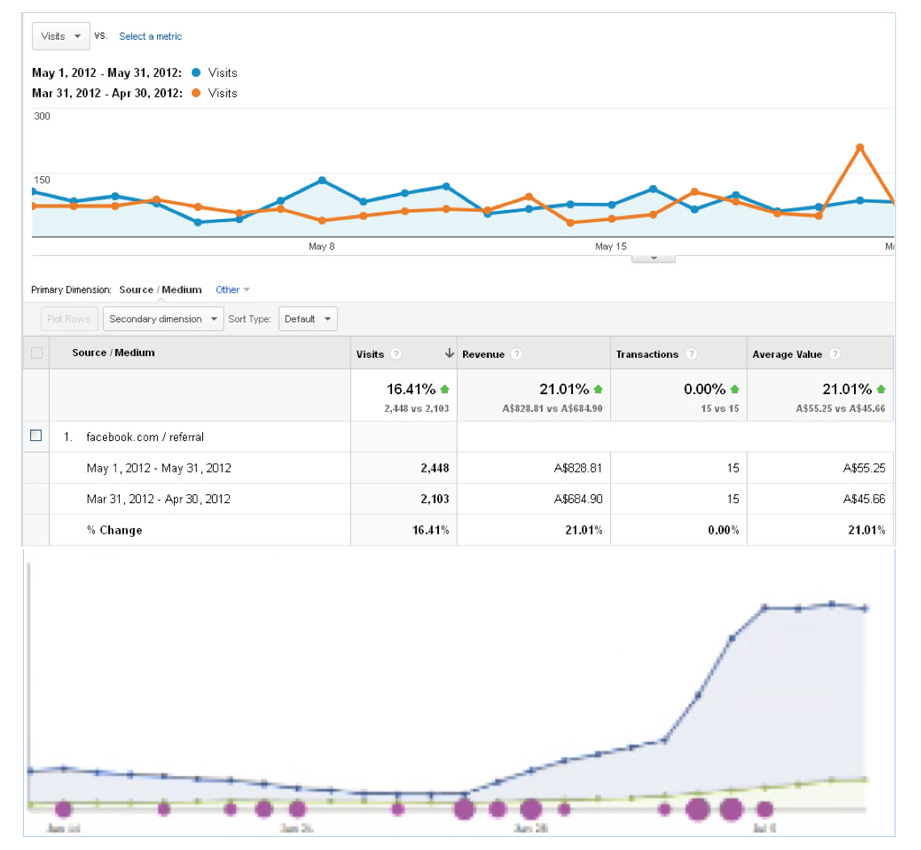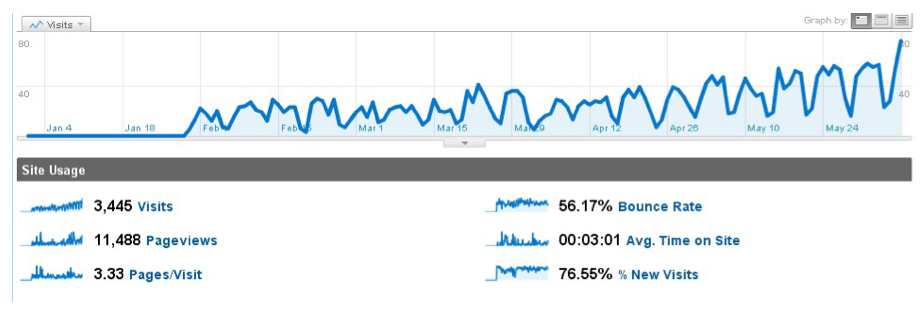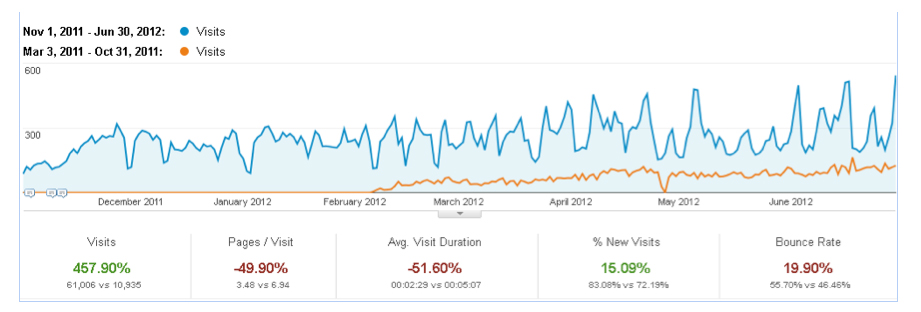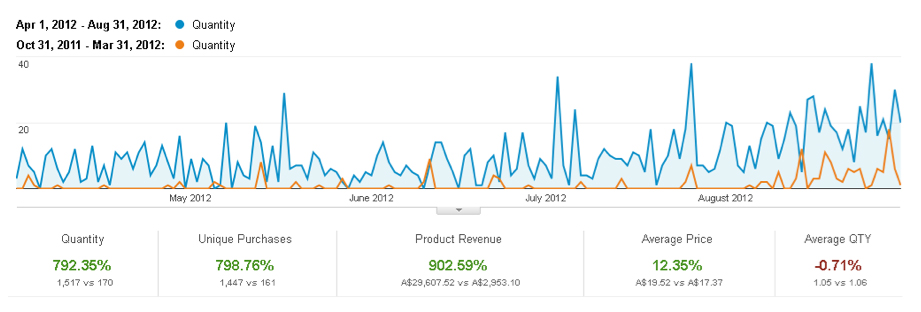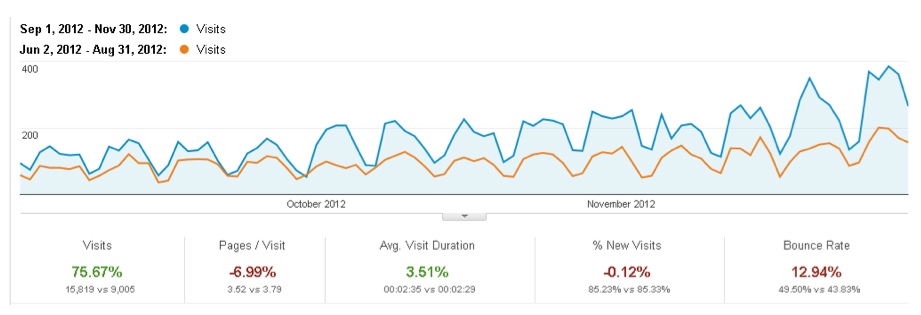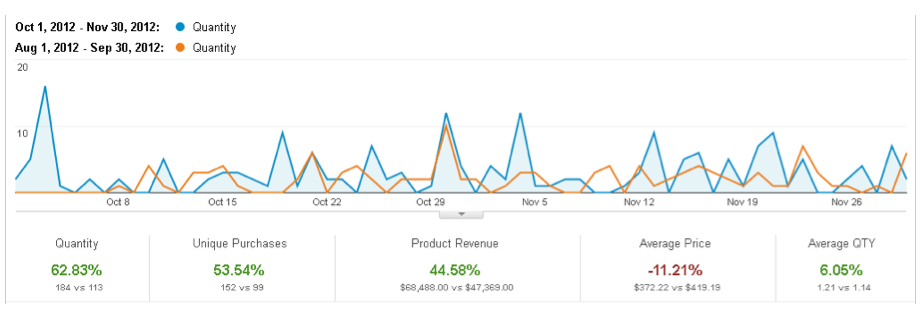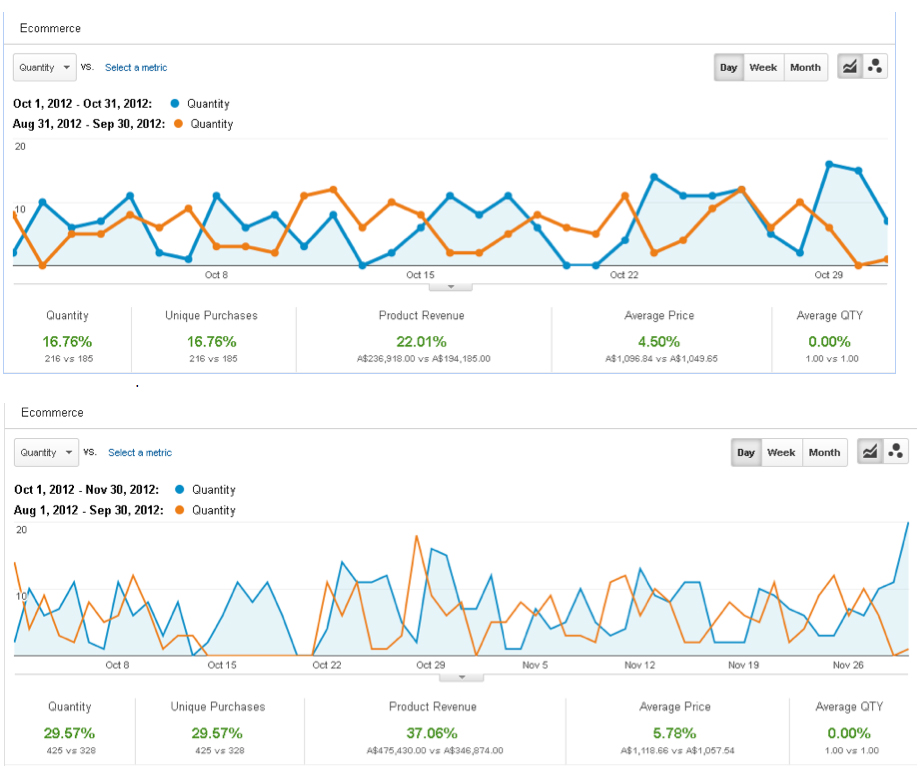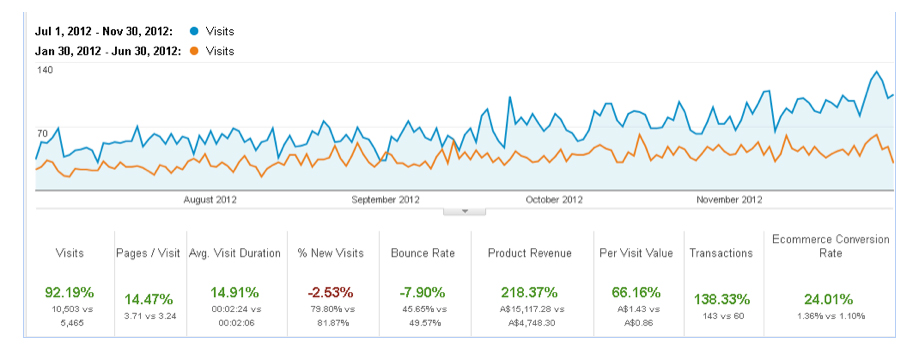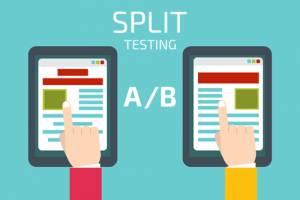 Split testing is the ability to create a test where you show half of your visitors version A of your website and the other half of your visitors version B. By doing this you can test which version converts best and then use those learns to increase your return on advertising investment.
Split testing is the ability to create a test where you show half of your visitors version A of your website and the other half of your visitors version B. By doing this you can test which version converts best and then use those learns to increase your return on advertising investment.
Unfortunately though most small to medium sized businesses do split testing wrong, they end up with results which are not statistically significant and almost impossible to interpret.
Let me explain, a true split test should be a test where you change a single element on a page. You change the size of the headline, or the color of the call to action, or the price of the offer. That test is then ran to a statistically significant audience size and the results used to decipher the best version. This is a best practices scenario but usually doesn’t actually get used.
What many small to medium business owners do is instead of testing just one element they test multiple elements. Not only do they change headline size but they also change color, they change layout and they change wording. By changing more than one element they cant actually decide which change resulted in the increased or decreased conversion. As a result the test is worthless and unable to help them move to a better advertising ROI.
The second big mistake that business owners make is they don’t run the test to enough visitors. They see 100 or 200 visitors come through a page; see no conversions and then say “it’s not working”. You need to have a test shown to a minimum of 1000 unique visitors before you can even come close to a statistically significant decision.
Ultimately the more visitors you can have go through a split test the better results you can generate from the test. So don’t be in a rush to close the test, run it as long as you can to ensure you have a true result. Don’t make the mistake of making serious business decisions on poorly ran tests!




